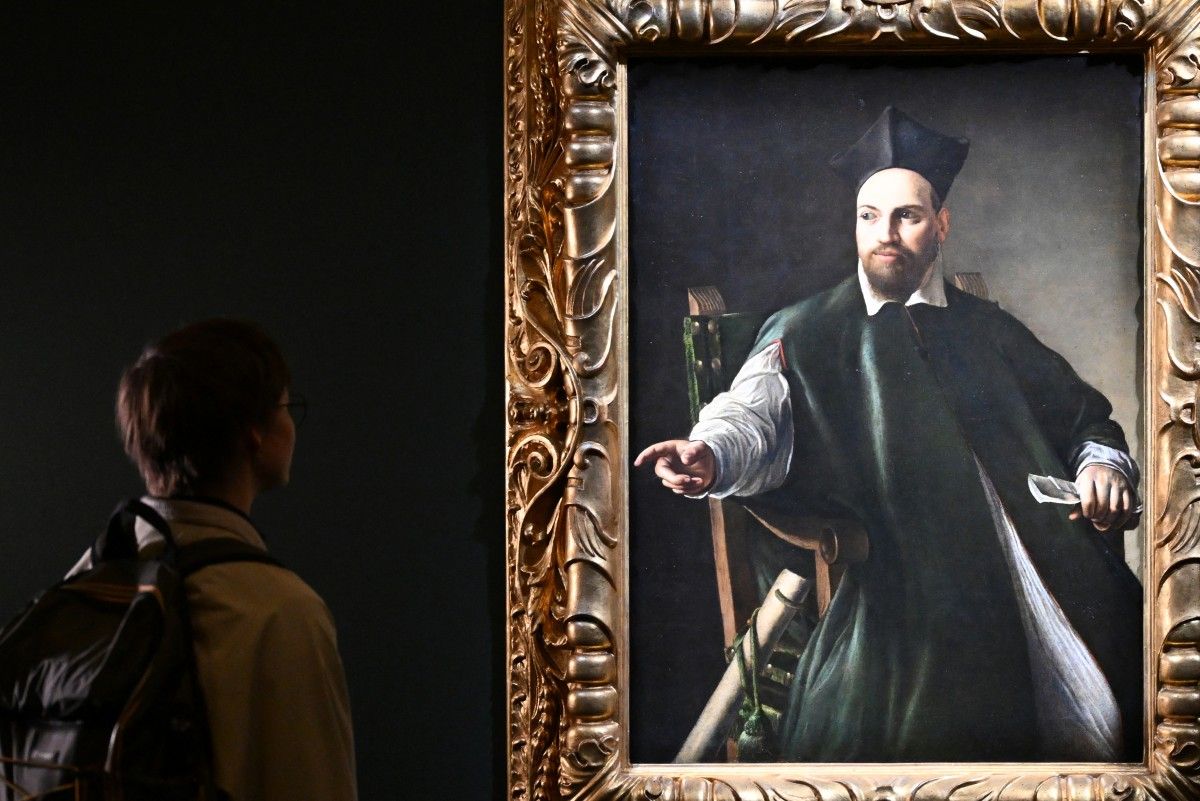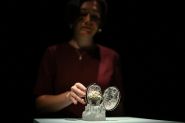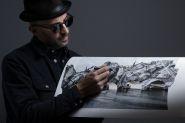
A previously unseen Caravaggio portrait of Maffeo Barberini, the future Pope Urban VIII, is being revealed to the public for the first time in a major exhibition in Rome. The rare masterpiece will be on display at the Barberini Palace from November 23 to February 23.
A rare and previously unseen painting by the Italian master Caravaggio is being displayed to the public for the first time in Rome. The Portrait of Maffeo Barberini, which depicts the future Pope Urban VIII, will be part of a new exhibition running from November 23 to February 23 at the Barberini Palace. The portrait, part of a private collection, is a significant rediscovery of the renowned Baroque artist's work.
An Unveiled Portrait
Maffeo Barberini, who later became Pope Urban VIII, was born in 1568 into the influential Roman Barberini family. A wealthy humanist, Barberini was elected pope in 1623 and held the papacy until his death in 1644. The painting, believed to have been created by Caravaggio around the early 1600s, was authenticated in 1963 by renowned art critic and Caravaggio expert Roberto Longhi. Longhi traced the work’s history back to the Barberini family collection, where it remained for centuries before being sold into private hands in the 1930s.
The exhibition, titled Caravaggio – The Portrait Unveiled, is taking place at the Barberini Palace, the historic family residence that now houses part of the National Galleries of Ancient Art. The palace is already home to four other works by Caravaggio, including his iconic Judith Beheading Holofernes, Narcissus, Saint John the Baptist, and Saint Francis in Meditation.
Rare Gem
This newly revealed portrait is considered a rare gem, as Caravaggio's painted portraits are few and far between. Gallery director Thomas Clement Salomon called the portrait a "great and refined intellectual" depiction of Maffeo Barberini, highlighting the powerful figure’s significance both in terms of his political role and his intellectual prowess. “It has never been lent to an exhibition, it has never been seen in a museum,” Salomon told AFP. “So it is an absolute preview.”
Art historian Paola Nicita, who is also curating the exhibition, emphasized the importance of the work's composition. Caravaggio’s signature use of light and shadow is evident in the portrait’s sparse color scheme, with the focal point on Barberini's hands. The left hand holds a letter, while the right hand dramatically extends outward, almost reaching into the viewer’s space—a gesture reminiscent of Christ's hand in The Calling of Saint Matthew, one of Caravaggio's most famous paintings. Nicita described the portrait as “a painting that expresses itself through gestures,” with the outstretched hand adding an additional layer of intensity and meaning to the work.
This exceptional exhibition offers a rare opportunity to witness a hidden masterpiece and provides new insight into Caravaggio’s portraiture, a genre he rarely explored.
With AFP




Comments